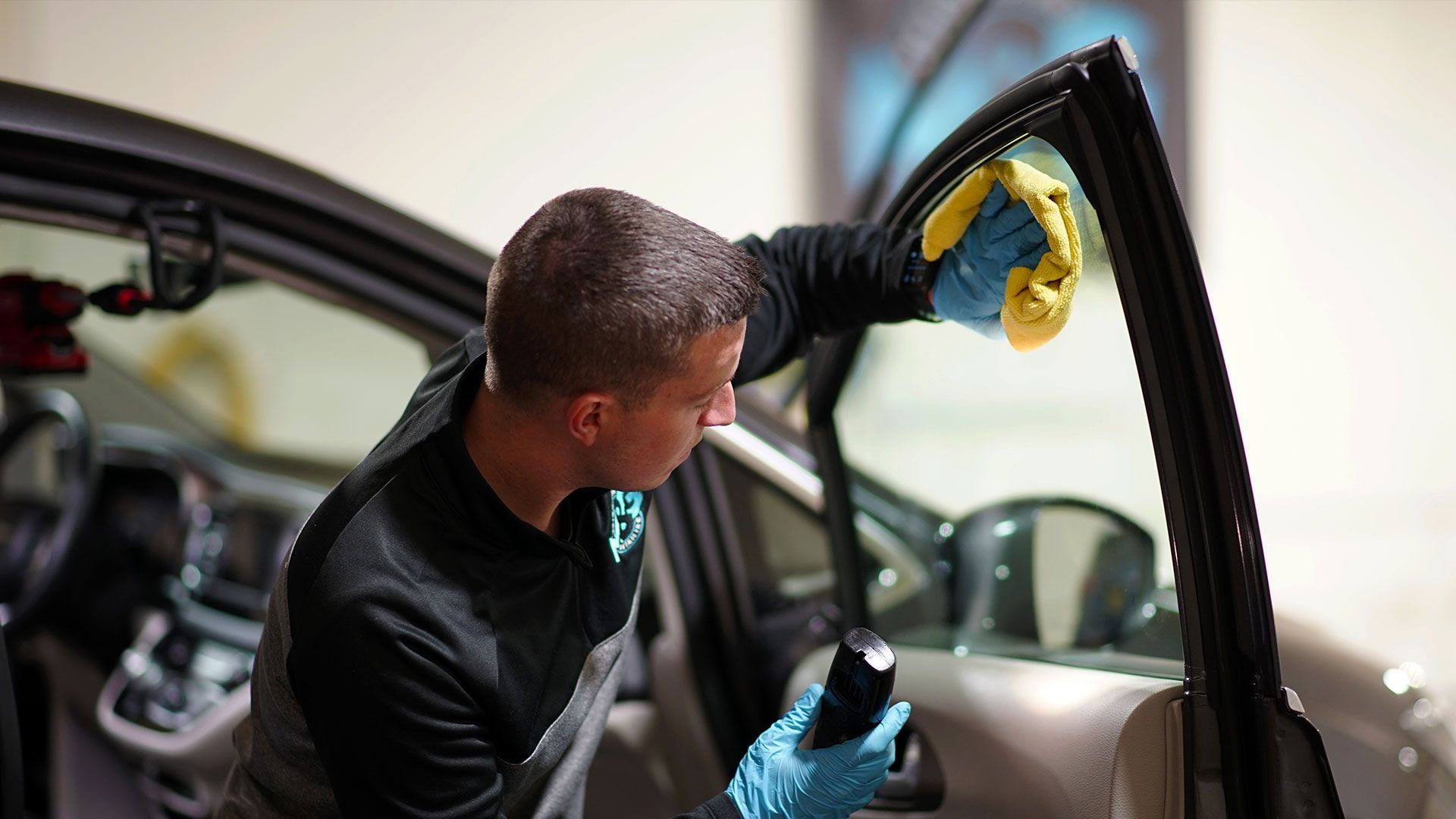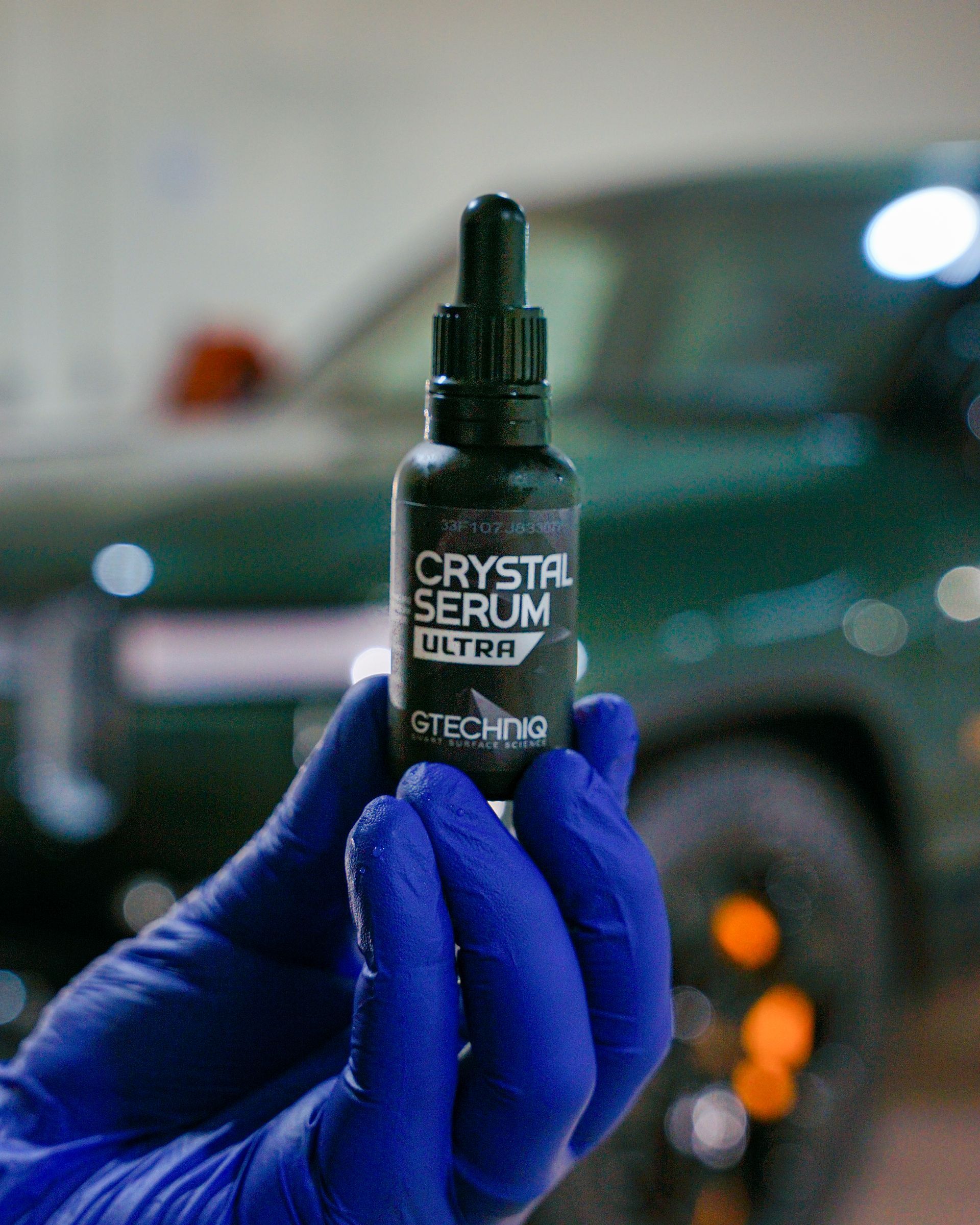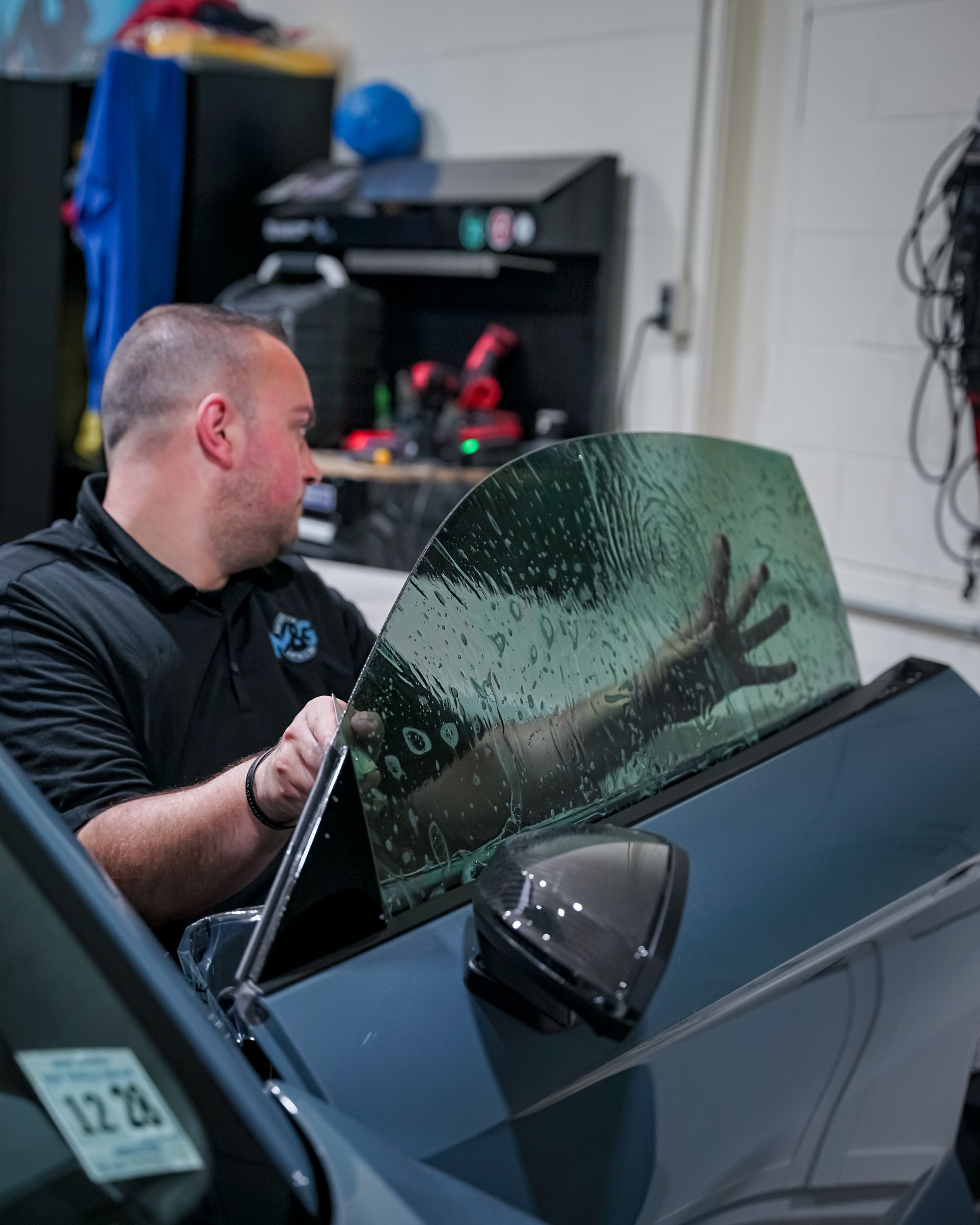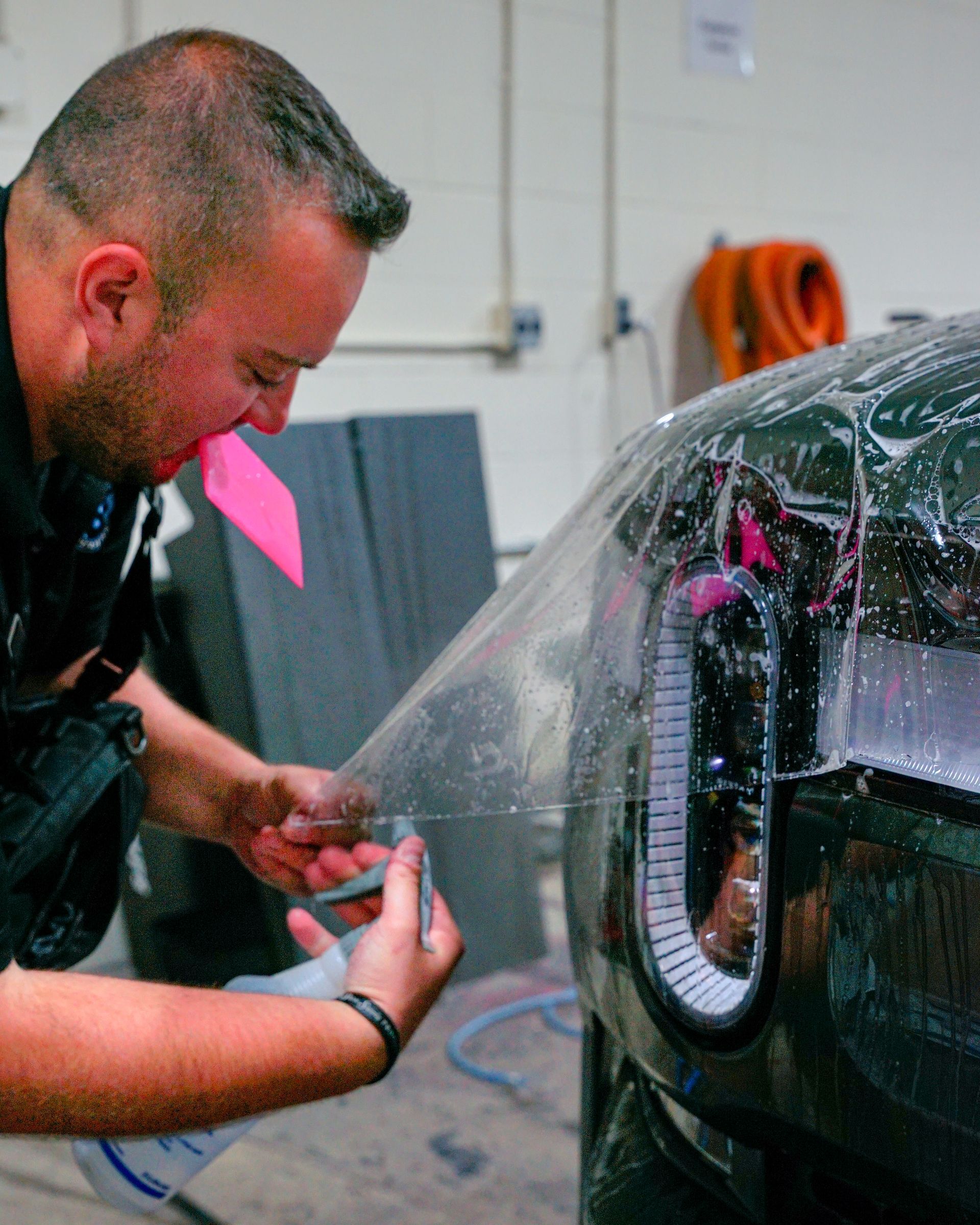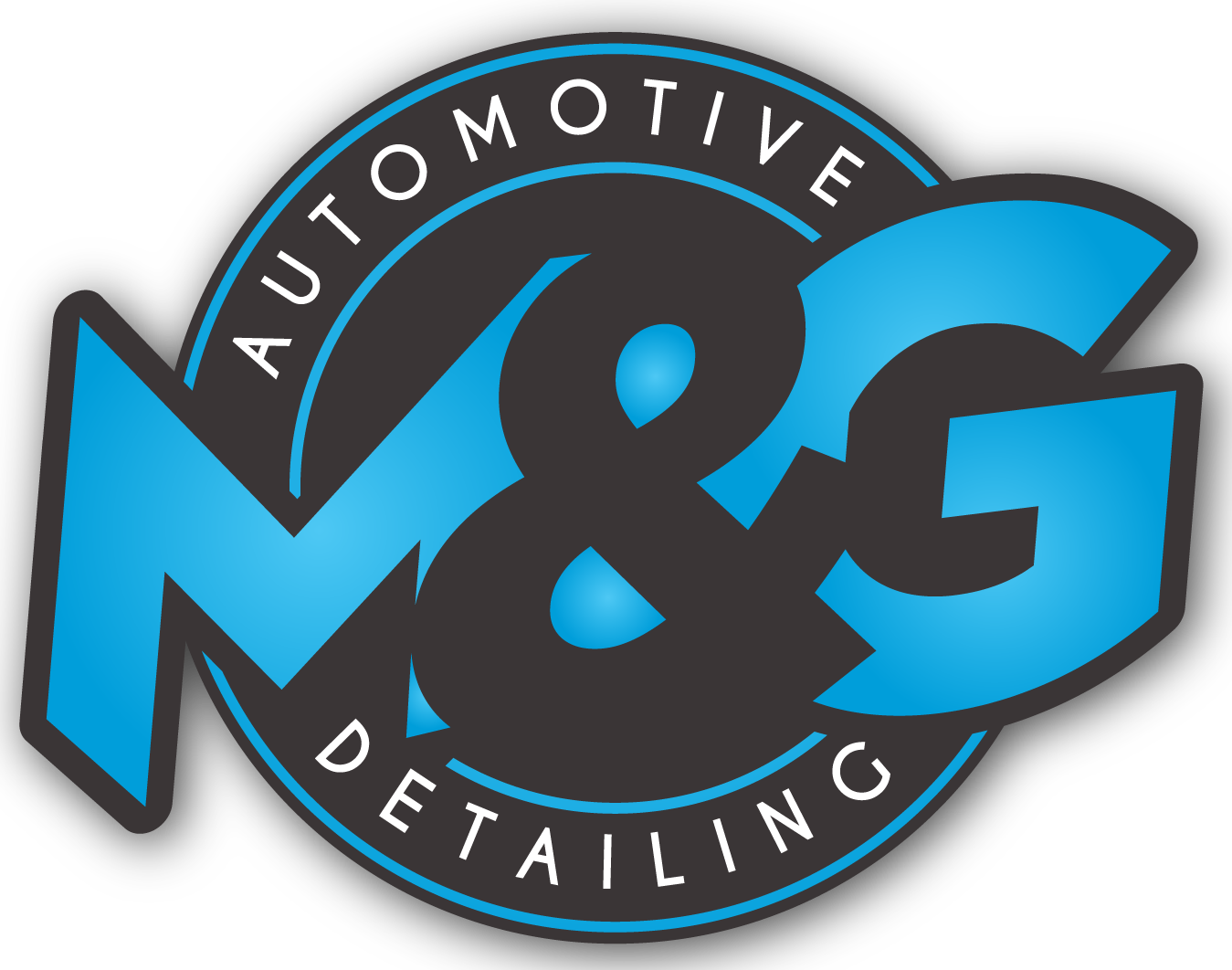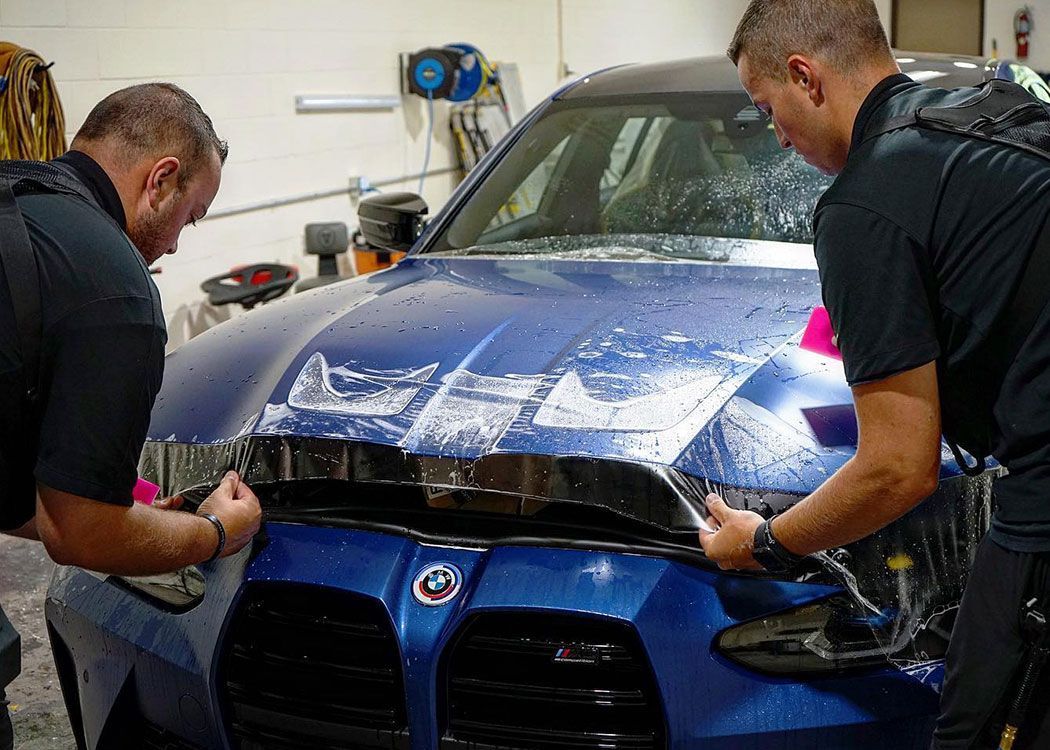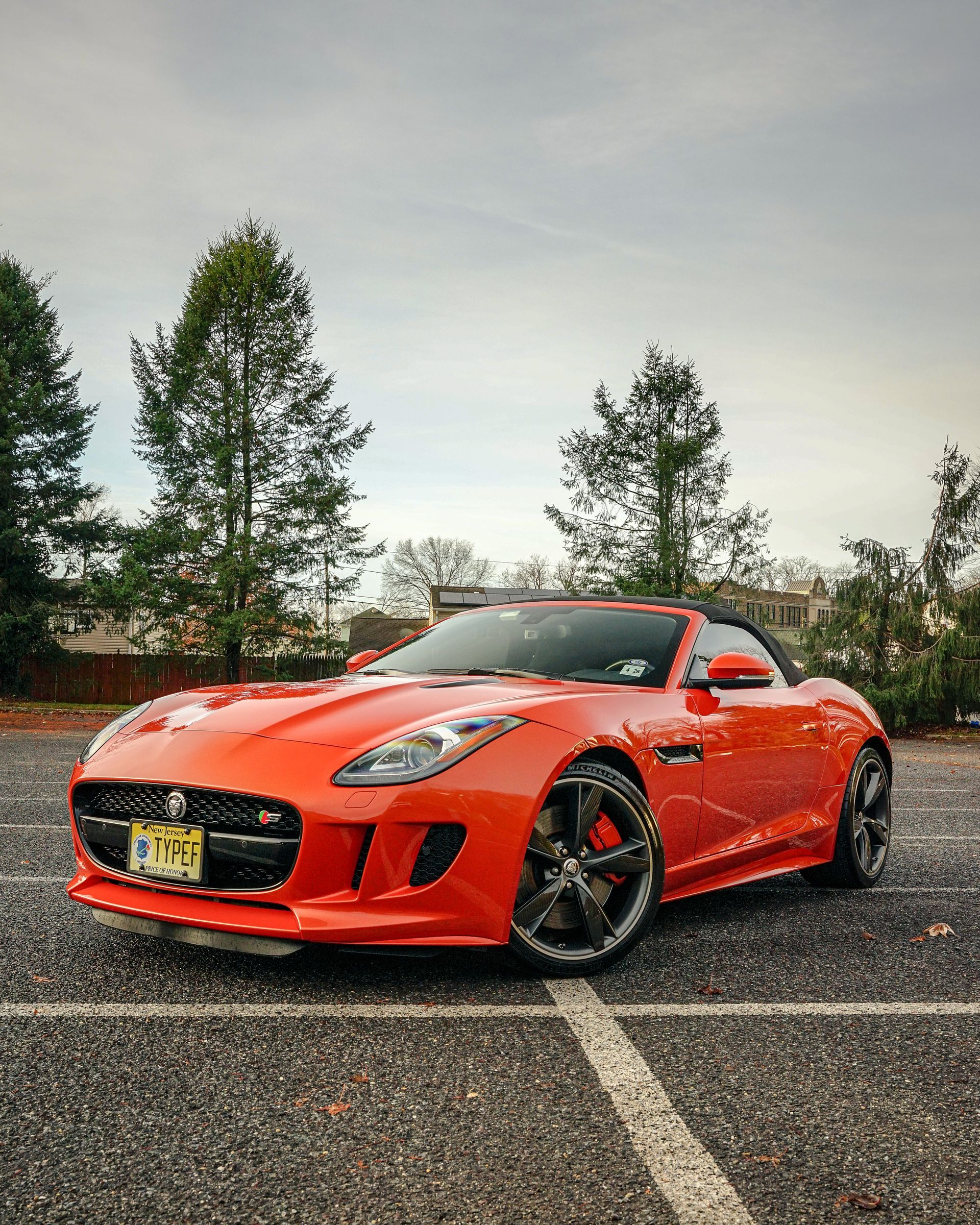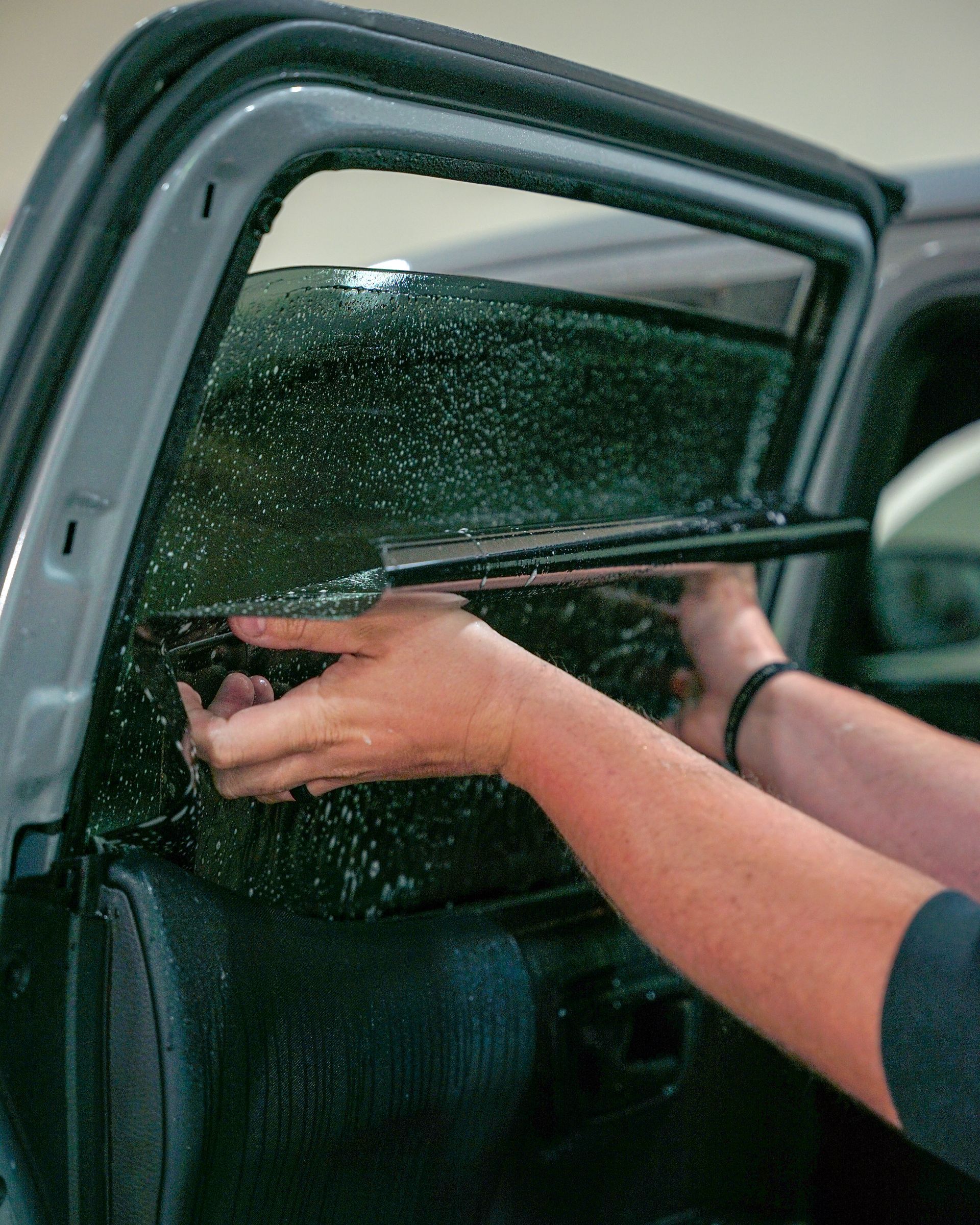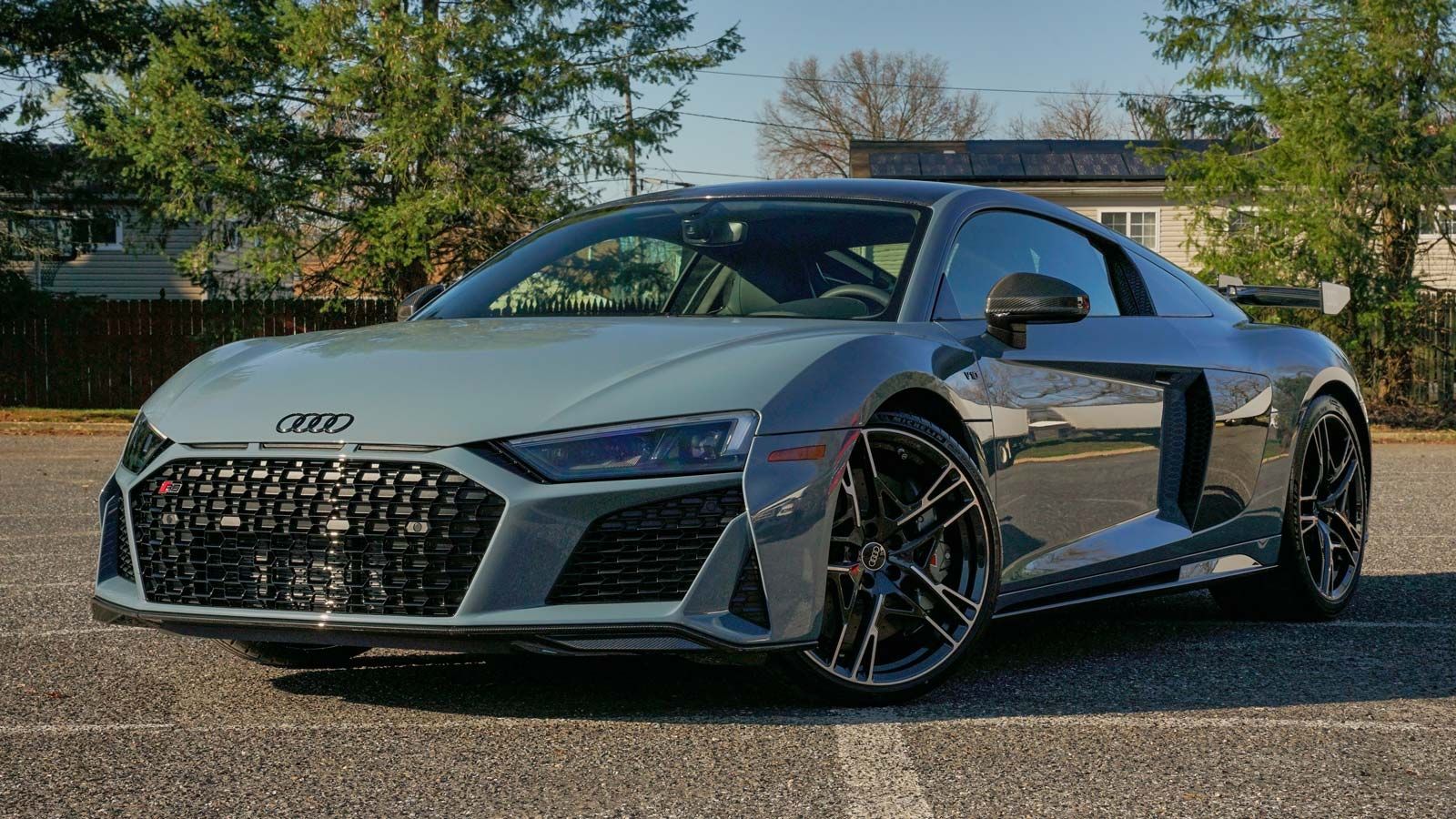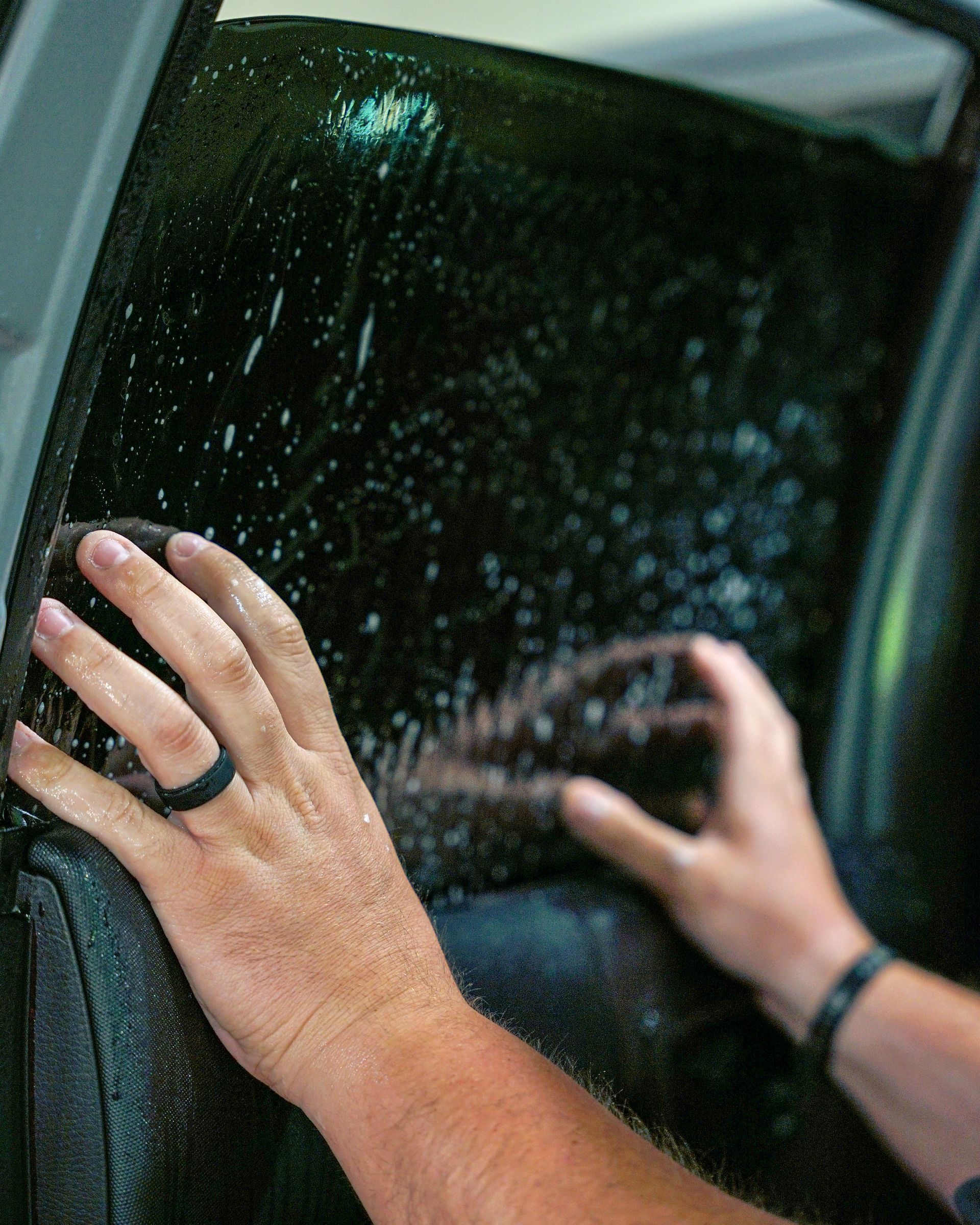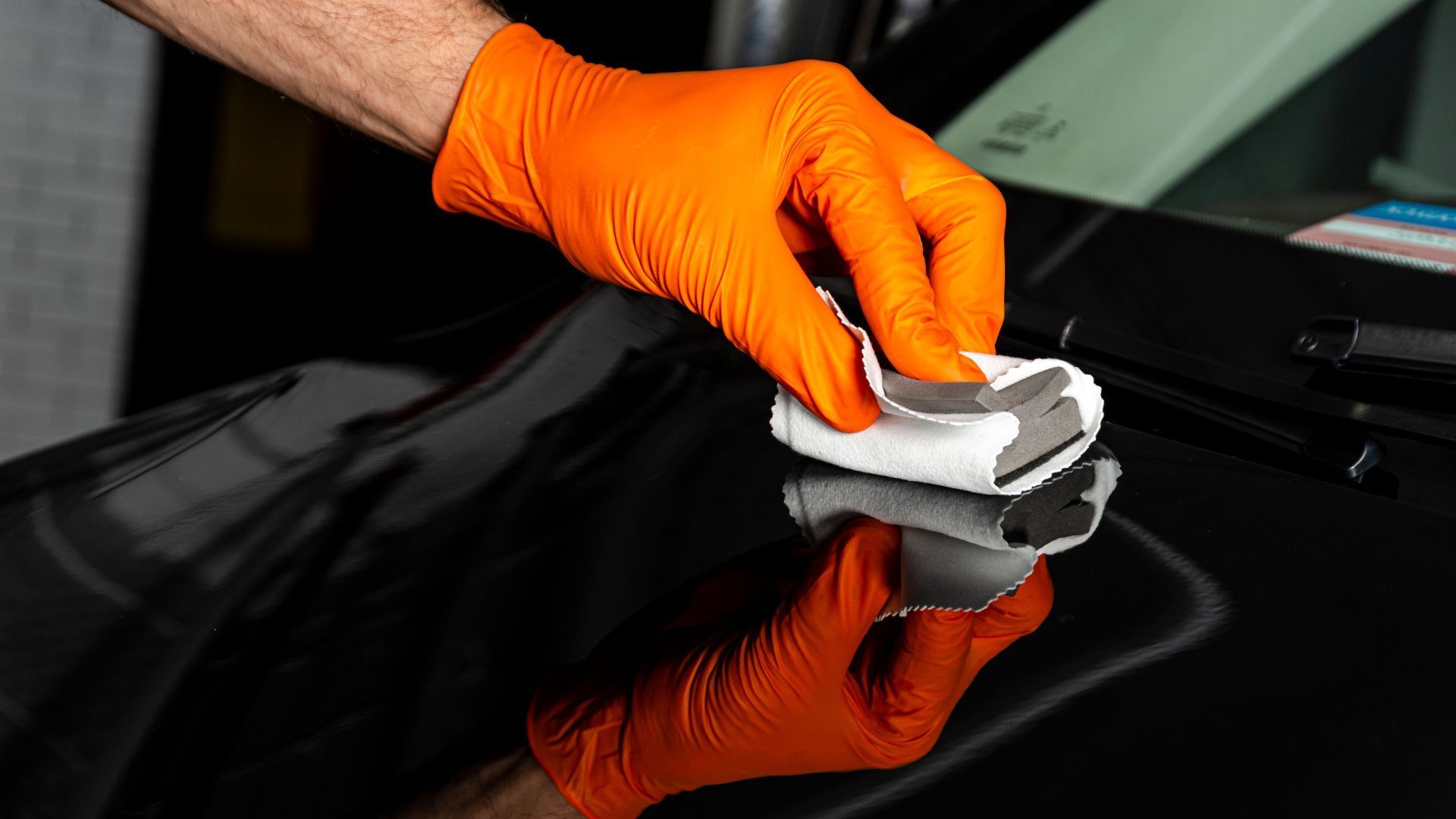Surfaces on Your Car That Should Be Covered with PPF for Maximum Protection
When it comes to keeping your car looking sharp and maintaining its value, one of the smartest moves you can make is to apply Paint Protection Film (PPF). You might not think much about the little scratches and chips that form on your vehicle, but these small blemishes can add up to big problems down the road. Not only can damage lead to costly repairs, but it can also affect how much your car is worth when you decide to sell it. Just as we protect our skin from harmful sun rays, investing in PPF acts as a strong shield for your car’s paint against road debris, weather elements, and everyday wear. Let’s dive into which surfaces on your car are especially vulnerable and could really benefit from this kind of protective layer.
It is highly recommended to cover surfaces such as the front bumper, hood, side mirrors, and door edges with Paint Protection Film (PPF) due to their exposure to road debris, chips, and scratches. These areas are particularly susceptible to damage and benefit significantly from the protective barrier that PPF offers.
Critical Car Parts Needing PPF
When it comes to protecting your vehicle, certain parts bear the brunt of daily wear and tear. The front bumper, for instance, faces a constant barrage from road debris, making it one of the most critical areas for Paint Protection Film (PPF). It's like a soldier at the front line, fighting against chips, scratches, and bug stains. The consequences of neglecting this area can range from minor aesthetic issues to significant paint damage that can detract from your car's value. Therefore, securing this part with PPF is essential for preserving your vehicle's integrity and resale value.
The same sentiment applies to the hood, which takes its own beating from flying rocks and environmental elements. Did you know that approximately 60% of paint damage happens on the hood? This large surface area is inherently exposed to projectiles while you’re driving—think small stones and harsh weather conditions. Just as we wear sunscreen to protect our skin from UV rays, adding a layer of PPF safeguards your paint job from unavoidable damage. Preventing visible stone chips keeps your vehicle looking pristine and extends its life, as constant touch-ups can quickly become costly.
Transitioning away from the exterior, let's not forget about those crucial headlights. Headlights are indispensable for safe driving yet can be costly to replace if damaged. Over time, they can fog up or get pitted from road debris, diminishing their effectiveness. By applying PPF, you're not just safeguarding them against scratches; you're preserving their clarity for better nighttime driving visibility. Imagine cruising down a dark road with confidence because your headlights shine brightly—this peace of mind is invaluable.
Now let’s talk about mirrors—they might seem small but pack a punch in terms of vulnerability. Side mirrors extend beyond the body of the vehicle and are more susceptible to strikes and collisions than you might think. A simple brush with another car or an unforgiving parking post can lead to painful scratches or even breakage. Equipping them with PPF ensures that every glance in these mirrors—whether checking for traffic or navigating tight spaces—is worry-free.
Continuing on inside and outside interaction, door edges are often unsung heroes in needing protection. Door edges face frequent contact during everyday use—from opening doors wide in crowded areas to hitting walls or vehicles in tight parking spots. Those little nicks may seem trivial, but collectively they add up to significant paint wear over time. PPF coverage for these areas keeps them looking new, ensuring that every open door operates smoothly without showing signs of age.
As we explore further into high-touch zones, handle cups also demand attention. Handle cups receive heavy traffic daily as people slip their fingers in and out while entering and exiting the vehicle. Surprisingly, nails can create noticeable scratches here that expose underlying paint layers to potential damage. Protecting this area with PPF is an easy solution that many overlook—but once implemented, it will keep your car looking fresh.
Let’s broaden our view now to wider surfaces compromised by environmental factors. Side panels often face grime from road splashes or contact from other vehicles during lane changes. Protecting these panels with PPF acts as a barrier against scratches and dings that can devalue your ride. Think of it as a suit of armor guarding against daily battles on the roads; small sacrifices now lead to significant benefits later.
As we move lower down, rocker panels remain close to ground zero when it comes to debris exposure. Rockers are constantly bombarded by grit kicked up from nearby tires and are equally prone to scratches and dents. By outfitting this vital area with PPF, you're essentially giving it a shield against damage that's hard to see until it's too late. Routine maintenance becomes easier too since dirt won’t etch into the paint when this kind of protection is applied!
Finally, let's review those rear-facing surfaces where parking often becomes hazardous. Rear bumpers typically encounter minor accidents during parking maneuvers—think of all those times you’ve misjudged space! They can be subjected to unexpected scrapes or dents, causing distress for any owner concerned about aesthetics. A protective coat like PPF provides peace of mind knowing that these small mishaps won't leave lasting scars on such an essential part of your vehicle.
With all these critical areas highlighted for protection through Paint Protection Film, it’s clear that each zone plays a role in maintaining your vehicle's aesthetic appeal and functional integrity as we focus on safeguarding specific high-impact regions next.
Protecting Your Front Bumper and Hood
The front bumper is like the first line of defense against the world’s elements as you navigate through oncoming traffic. Every time you're on the road, tiny rocks, grit, and bug splatters take aim at this part of your car with alarming frequency. Just think about how often you hear a thud against the front of your vehicle—it can be alarming! But what if I told you that a simple layer of paint protection film (PPF) could significantly reduce those impacts? This protective barrier absorbs much of the force from debris, preventing scratches and chips that can lead to costly repairs down the line.
Investing in PPF for your front bumper not only shields against damage but also maintains the car's aesthetic appeal. It keeps your bumper looking factory-new, essential for retaining that fresh-off-the-dealership glow. Plus, a well-kept exterior can boost your vehicle's resale value significantly—some studies suggest it can rise by up to 15%. Now let’s shift our focus to the hood, which is another frequently targeted area. Large stones or even small pebbles can strike this surface with enough force to chip the paint or cause dents, leading to rust if left untreated. A quality layer of PPF applied to the hood acts as a barrier, preventing these minor damages and ensuring that your paint job remains pristine over time. Given that the hood has substantial exposure to elements, keeping it protected allows you to prolong its lifespan and retain the original beauty of your car.
While we’ve covered why protecting your front bumper and hood is essential, other areas require equal attention, especially as they are vulnerable to wear and tear during daily use.
Shielding Headlights and Mirrors
Headlights and side mirrors are not just functional components of your vehicle; they play a pivotal role in ensuring visibility and safety while driving. Despite their importance, these areas often do not receive the same level of care or attention as other parts of a car. Investing in protective measures like PPF for headlights and mirrors can save you both time and money down the road.
- Headlights: Replacing a headlight can cost anywhere from $200 to $700 depending on the make and model of your vehicle. So, why gamble with something so crucial? Applying PPF acts as a defense barrier against the daily wear and tear—be it UV rays that cause fogging or road debris that can leave marks or cracks. It’s fascinating to note that vehicles with PPF on their headlights show up to 50% reduction in light output degradation compared to unprotected headlights after three years. This means better visibility for you while reducing the hassle of frequent replacements. High-quality PPF is transparent, allowing your headlights to shine brightly without altering their appearance. This protective film battles factors such as weather conditions, dirt accumulation, and those pesky rock chips that have been the bane of many car enthusiasts. Studies indicate that PPF can extend the lifespan of headlights by an average of two to three years when compared to unprotected counterparts. By investing in this extra shield, you’re ensuring better functionality while enhancing your vehicle's aesthetic appeal.
- Mirrors: Side mirrors serve a critical function: they provide you with extra visibility while navigating turns or changing lanes. One car owner remarked, “After installing PPF on my mirrors, I haven’t had to worry about scratches from roadside brushes or minor parking lot collisions.” This personal experience underscores the significance of protecting these vulnerable areas. Utilizing PPF on mirrors has proven to decrease the likelihood of scratches from environmental hazards by nearly 80%. Given that mirrors are often at risk from accidental bumps or scrapes in tight spaces—such as in parking lots—having this added layer of protection is invaluable. Additionally, routine cleaning becomes more manageable since the smooth surface resists dirt build-up.
The average cost for applying PPF to headlights and mirrors ranges from $200 to $400, making it a practical investment considering the potential savings from avoiding costly replacements caused by environmental damage. Understanding the benefits of applying Paint Protection Film serves as a wise step towards safeguarding our vehicles. With this proactive approach, we can ensure our cars remain in excellent condition as we explore the next steps toward protecting even more vulnerable surfaces.
Covering Door Edges and Handle Cups
Door edges and handle cups may seem insignificant, yet their constant exposure to wear makes them major players in a vehicle's overall aesthetic. Studies indicate that door edges account for up to 30% of paint damage simply because they come into contact with walls, posts, and other vehicles every time you exit or enter your car. That’s a significant amount of potential damage occurring day in and day out! By applying Paint Protection Film (PPF) to these areas, you create a formidable barrier that helps keep the paint pristine and free from chips and scrapes.
The same goes for handle cups, which can bear the brunt of scratches from fingernails, rings, and keys. You might not think about it every time you reach for the door handle, but those little interactions add up. Imagine how many times a day you touch your car's handle. Each scratch diminishes the vehicle’s appearance over time. PPF can effectively reduce this kind of superficial damage and keep the finish looking like new. According to surveys, 65% of car owners report a noticeable improvement in their vehicle’s appearance after PPF is applied to these high-contact areas.
Beyond aesthetics, durability is another critical factor at play here. When it comes to PPF:
- Strong Barrier: It protects against minor impacts while maintaining that sleek look.
- Scratch Resistance: Reduction of scratches by up to 80% when properly applied.
- Cost-Effective Solution: The average cost for PPF installation on door edges and handle cups typically ranges from $100 to $300, depending on vehicle model and film quality.
As we continue exploring protective options for your vehicle, let’s turn our attention to how applying such films can significantly enhance longevity and appearance in other key areas.
Benefits of PPF on Side Panels and Rocker Panels
Shielding your side panels and rocker panels with Paint Protection Film (PPF) offers a robust defense against the elements that could cause wear and tear to your vehicle. These areas are particularly vulnerable, given their proximity to the ground and frequent exposure to road debris. The reality is that even a small pebble can cause unsightly scratches, compromising not only the appearance but also the integrity of the paint.
Covering side panels with PPF acts much like an invisible shield; it absorbs the impact from potential dings caused by car doors in crowded parking lots. Imagine returning to your vehicle only to find a new scratch on the door thanks to an inconsiderate neighbor's parking job. By investing in PPF, you can significantly reduce these pesky marks, giving your car a lifetime of pristine looks. In fact, studies show that vehicles equipped with PPF receive up to 99% less damage in high-impact areas compared to those without it.
Moving down to rocker panels, these features sit just above the wheel wells and are regularly bombarded by gravel and grit kicked up by tires. Over time, without proper protection, this constant assault can lead to paint chipping or fading. Using PPF effectively safeguards these surfaces, allowing your paintwork to endure harsher conditions. Think of it as a proactive measure; for the average cost of installing PPF on rocker panels ranging between $500 to $1,200, you may avoid paint repairs that could easily exceed $1,500 later on.
Notably, preserving the original paint quality through PPF can help maintain or even enhance resale value for vehicles. Research indicates that cars with protective film exhibit a price increase of about 10-15% during resale when compared to similar models without any protection. This not only demonstrates how beneficial it is for visual aesthetics but also signals smarter financial planning for car owners.
Recognizing side panels and rocker panels as critical points for applying PPF is essential. Protecting these areas diligently prolongs your vehicle’s exterior life while mitigating future repair costs. By focusing our attention on these surfaces, we really set our vehicles up for lasting beauty and lower maintenance down the line. Shifting gears now, let's examine how crucial it is to safeguard other parts of your vehicle, particularly towards the back where additional protective measures can make a significant difference.
Rear Bumpers and Trunk Lids Protection
Rear bumpers and trunk lids face constant wear from day-to-day activities. Whether it's backing into a parking spot, unloading groceries, or putting luggage in the trunk, these areas often become victims of scrapes and scratches. A Paint Protection Film (PPF) acts not just as a barrier but as a robust shield that preserves the integrity of the paint job underneath.
- Rear Bumper: The rear bumper is particularly vulnerable to minor impacts during parking maneuvers. Think about it: how often do you see someone misjudge their distance while reversing? Every time you park, your rear bumper is exposed, and even light brushes against walls or other vehicles can result in visible damage. By applying PPF to this surface, you give your car a layer of armor; the film absorbs hits and prevents scratches and dents from setting in. Studies suggest that vehicles with PPF on rear bumpers experience a 30% lower rate of scratches compared to those without—an impressive statistic that speaks volumes about its effectiveness.
- Trunk Lids: Moving on to trunk lids, they require special attention as well. Each time you place or remove items—be it groceries, sports equipment, or luggage—you’re inviting potential scratches to mar its finish. By applying PPF to the trunk lid, you're safeguarding this area against unsightly blemishes. It has been observed that vehicles with PPF on trunk lids show a 25% decrease in UV-related paint fading compared to those lacking protection. Imagine keeping your trunk looking pristine even after years of usage; it’s crucial for preserving your vehicle's value over time.
As we deliberate on these vital areas of our vehicles, consider this: investing in PPF protects against immediate damage while extending the life of your paint and maintaining the resale value of your car. In summary, applying PPF on your rear bumpers and trunk lids is an investment worth making for anyone who cares about the longevity and appearance of their vehicle. Protecting these surfaces enables you to enjoy your car without stress over potential damage.
Expert PPF Services in Moorestown, NJ
M&G Automotive Detailing offers premier paint protection film (PPF) services in Moorestown, NJ, providing your vehicle with an invisible shield against road debris, scratches, and harmful UV rays. Their skilled technicians expertly apply top-quality PPF to preserve your car's paint and enhance its longevity, all while maintaining a flawless finish. Give your vehicle the protection it deserves and keep it looking pristine for years to come with M&G Automotive Detailing’s trusted PPF solutions in Moorestown, NJ.
